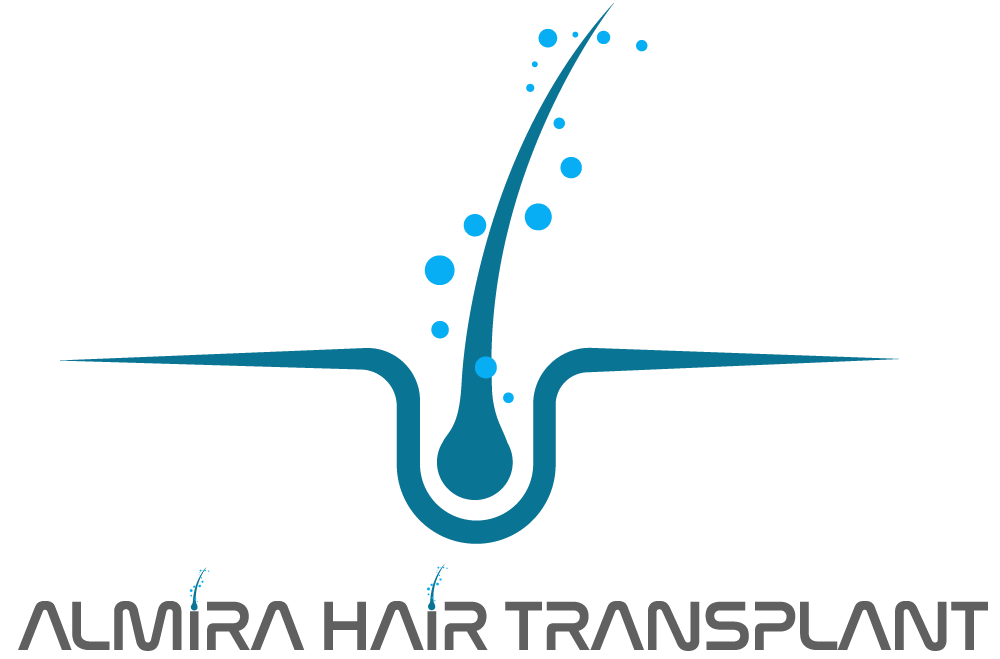The Best Season for Hair Transplant: Is Summer or Winter More Advantageous?

The Best Season for Hair Transplant: Is Summer or Winter More Advantageous?
One of the most common questions asked by people considering a hair transplant is: “Which season is best for the procedure?” Hair transplantation can technically be performed at any time of the year; however, seasonal conditions can directly affect the recovery process, daily comfort, and post-operative care. So, is summer or winter the better choice? Let’s take a closer look.
Hair Transplant in Summer
Summer is a popular time for hair transplants, largely because of vacation periods and increased flexibility. However, hot weather and strong sunlight can pose certain challenges.
Advantages:
-
Vacation opportunity: Many people find summer ideal due to reduced work commitments.
-
Privacy and comfort: Recovery can be easier while away from colleagues and social circles.
-
Psychological boost: The lively summer atmosphere can improve motivation during the recovery process.
Disadvantages:
-
Sun exposure: Newly transplanted grafts are highly sensitive to sunlight. Direct UV rays may negatively impact healing.
-
Excessive sweating: Hot weather leads to increased perspiration, raising hygiene concerns and infection risks.
-
Swimming restrictions: Patients must avoid swimming pools and the sea for at least the first month, which may feel limiting during summer vacations.
Hair Transplant in Winter
Winter is often considered a more comfortable and controlled season for hair transplants. Cooler temperatures can make recovery easier.
Advantages:
-
Less sweating: Low temperatures minimize perspiration, making it easier to keep the scalp clean.
-
Reduced sun exposure: With weaker UV rays, the scalp is less exposed to potential sun damage.
-
Headwear: Wearing hats or beanies is socially acceptable in winter, helping patients conceal the treated area.
Disadvantages:
-
Cold and wind: Harsh winter conditions can dry out the scalp, requiring extra moisturizing.
-
Illness risk: Flu and colds are more common in winter, potentially stressing the immune system during recovery.
-
Social limitations: Fewer social activities in winter may affect morale for some patients.
Key Factors When Choosing the Season
-
Lifestyle: For people with heavy work schedules, summer holidays may provide the best timing, while others may find winter easier to manage.
-
Skin type: Sensitive skin may react poorly to summer sun, making winter a safer option.
-
Social plans: Upcoming weddings, events, or trips should be considered when scheduling the procedure.
-
Doctor’s advice: The best time ultimately depends on the patient’s hair structure, degree of hair loss, and overall health, as advised by the surgeon.
Conclusion
Hair transplantation can safely be performed in any season, but environmental conditions can influence post-operative comfort. Summer offers flexibility and privacy during vacation, but heat, sun, and sweat bring extra risks. Winter is often seen as more comfortable due to less sweating and limited sun exposure, though cold weather and seasonal illnesses may be challenging.
In summary, the ideal season for a hair transplant depends on the individual. What matters most is carefully following aftercare instructions and working closely with a qualified surgeon to ensure the best outcome.


